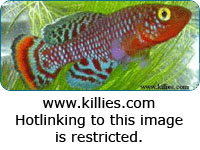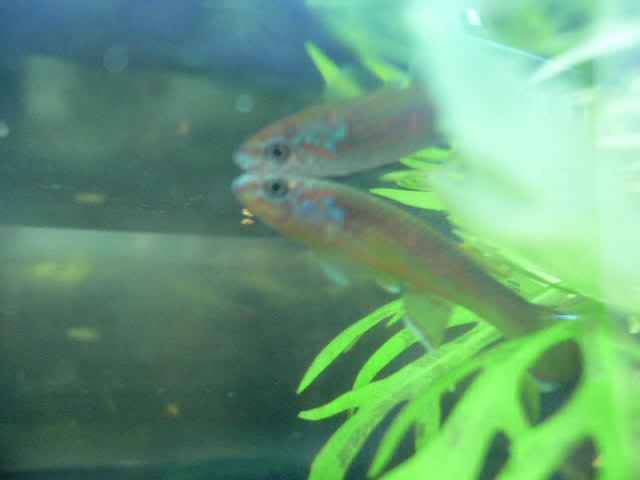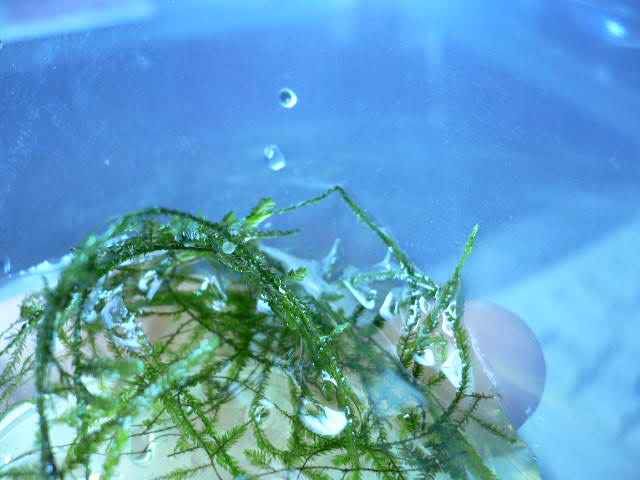Kee Hoe.
I don't think pH is very important, except as it affects the bacteria or other things that can harm eggs. Below about 5, there are few harmful bacteria, but other critters may still survive. Nitrite can be a big problem at low pH (brown-blood disease). If high pH is obtained by hard water with a lot of Ca and Mg, I think it can toughen the chorion and make the eggs of some rainforest species have a hard time hatching.
Good healthy parents will give eggs that are tougher, and those that turn white (and later fuzzy) were probably not fertilized. Clean water, with low ammonia, is the most important hatching ingredient. High pH can turn any ammonium (NH4+) to the deadly ammonia (NH3), so I usually avoid letting pH go above 7.5 or so.
Handling eggs of some species (Epis and Pseudepis) seems to force bacteria into the egg or mechanically kills them and few survive it. Either keep in a heavily-planted "natural" tank and remove babies as they appear, or move mops to a hatching tank with water from the parents' tank.
The only treatment I use in egg-hatching containers is a very weak 50:50 acriflavin/methylene blue to supress any bacteria. Better is a sprig of Java Moss and one drop of Liquifry No 1, to create a small infusoria bloom. Those filter feeders (Rotifers, Paramecia, etc,) keep the water crystal clear as they eat all the free-swimming bacteria.
If I do use the chemicals, I only add enough to tint the water a very pale green, and then do 50% daily changes with clean water to quickly dilute it. The acriflavin is a mild tanning agent, and can toughen the chorion of the egg too much if you use very much of it.
Hope that helps,
Wright
01 760 872-3995
805 Valley West Circle
Bishop, CA 93514 USA
Originally Posted by timebomb
It's the Aphyosemion primigenium Kanda GJS 00/18 that I won at the gathering. (Tom, how are you? It's been a long time since we last heard from you)
... and they still haven't colored up! No telling which sexes I have there either.


) Still, I wish she isn't so quiet these days and am sure she has plenty of killie stories to share with us.
















 Reply With Quote
Reply With Quote

 Thanks for pointing out the error, Ronnie. And yes, I wish Lily would tell us some of her Killie stories here too. It's more fun with her around :wink:.
Thanks for pointing out the error, Ronnie. And yes, I wish Lily would tell us some of her Killie stories here too. It's more fun with her around :wink:.

 She will chase the male every now and then and nipped off his fins. The poor bugger have to avoid her and is always hiding in the mop. so Ronnie, I hope that will explain why the male has become ‘less handsome’ blame it on the female!! I did not manage to collect any eggs from them too. Wonder how to if the female is so fierce and male is so timid!!
She will chase the male every now and then and nipped off his fins. The poor bugger have to avoid her and is always hiding in the mop. so Ronnie, I hope that will explain why the male has become ‘less handsome’ blame it on the female!! I did not manage to collect any eggs from them too. Wonder how to if the female is so fierce and male is so timid!!



Bookmarks